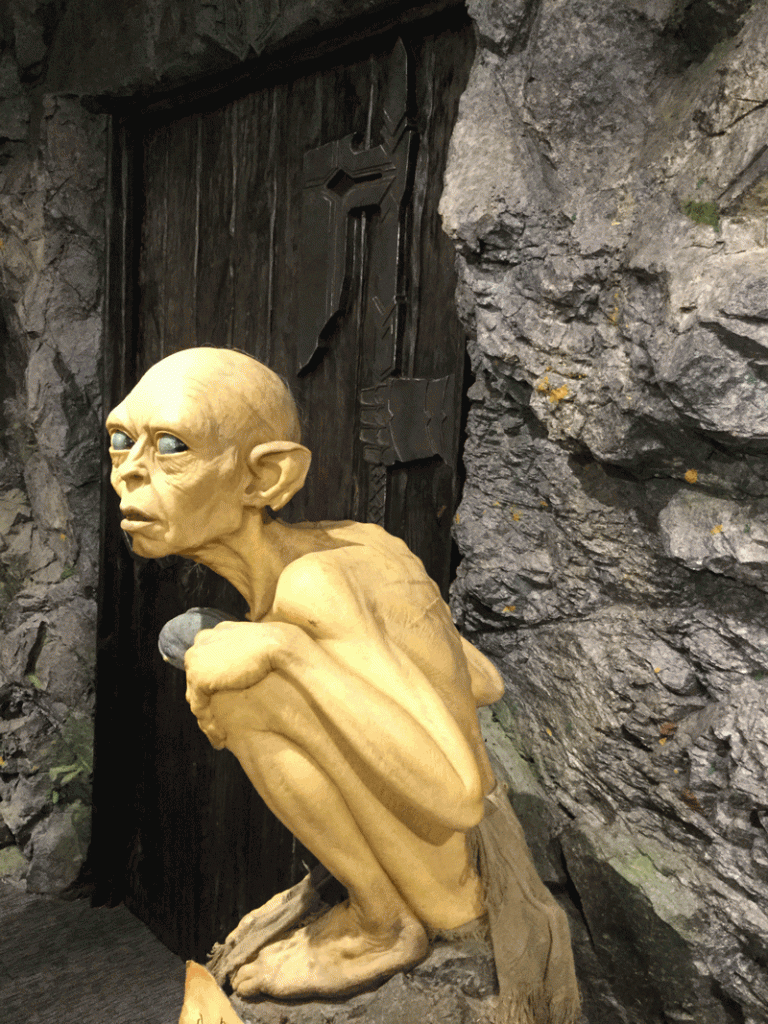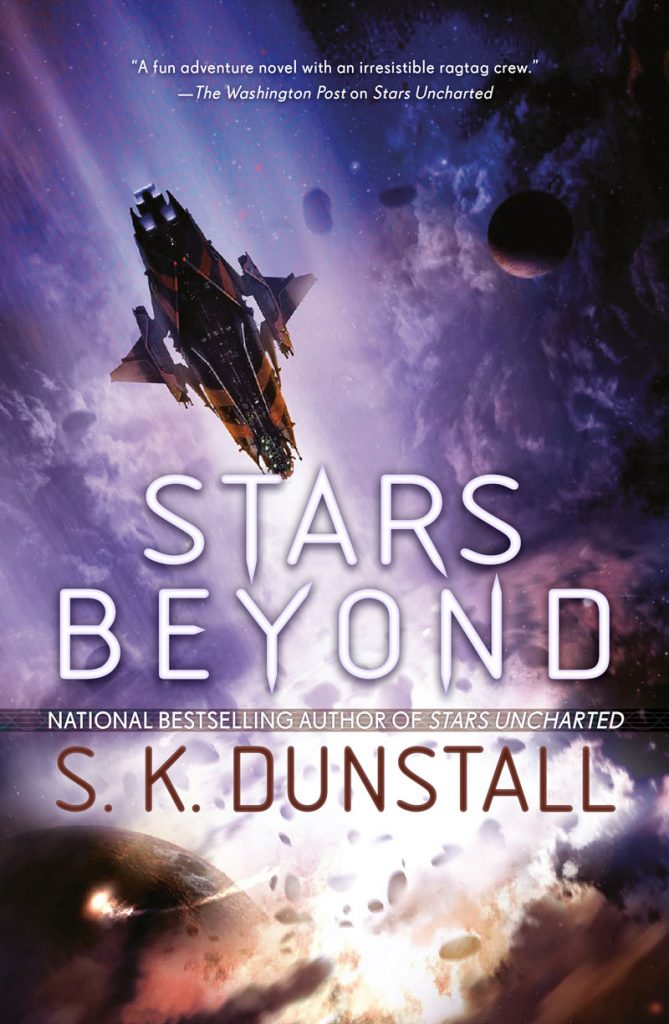
We got the okay to show you the cover for Stars Beyond. It looks great.

We got the okay to show you the cover for Stars Beyond. It looks great.
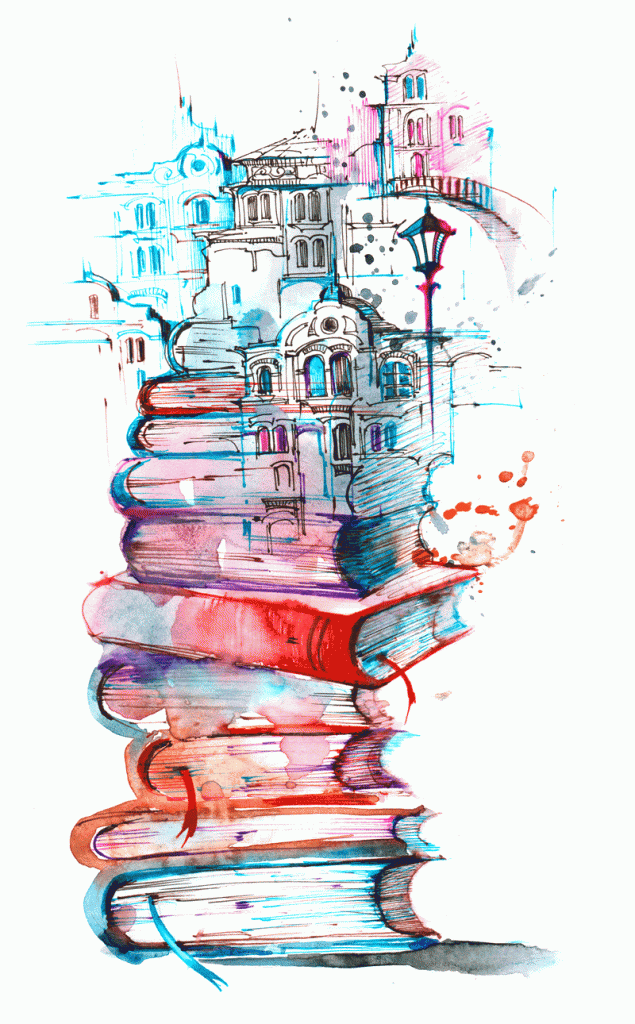
Sherylyn is doing a final read-through before we send our completed Stars Beyond manuscript in to our editor.
There’s always one change that you have to scramble to fix before the final send.
In this book, it’s this:
Our heroes have defeated one of the bad guys (bad girls) by knocking her out with a strong tranquilizer. Four paragraphs later (at the end of that same fight) up she pops, trying to kill them.
She’s supposed to be unconscious.
Hmm. It needs a little work, I think.
These are the embarrassing mistakes we hope don’t make it into the book. Thank goodness for editors. They pick up a lot of these things if they slip past us.
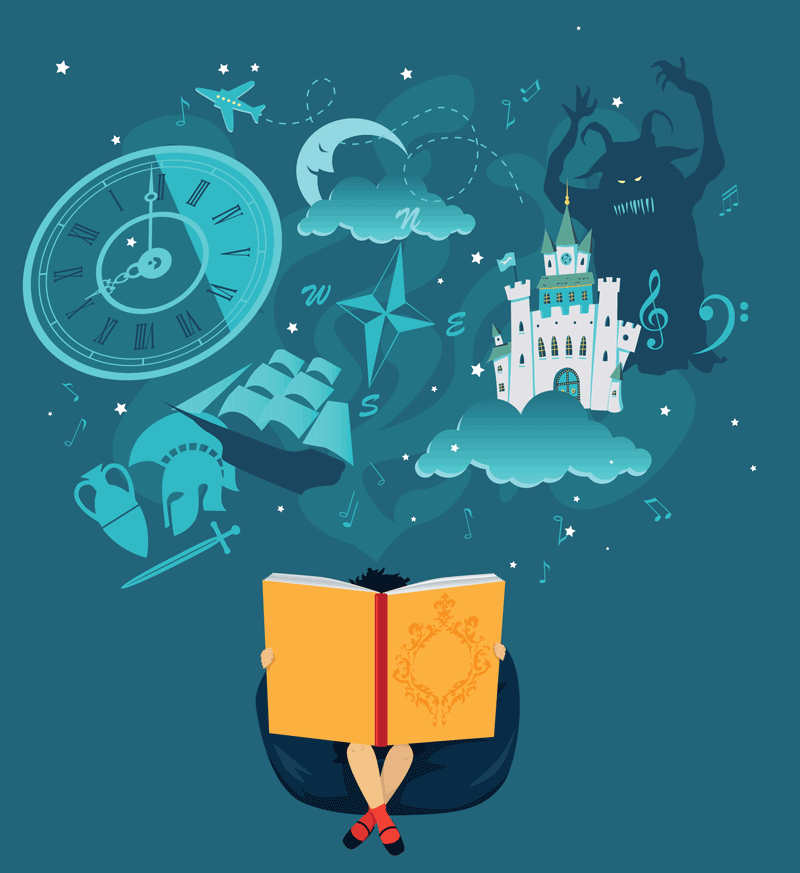
A few weeks back, on Twitter, @shingworks asked people to vote on whether they heard words or saw images when they read novels. The comments are interesting.
It made me think about what I see/hear when I read books.
I lean toward the visual myself. I see the story as a movie, in scenes—with three important exceptions.
What do I see?
It’s like a dream, where you’re watching something unfold. People speak, and action happens, but I don’t hear them speak, I see their mouths move and know what they’re saying, but there’s no sound. Their words are automatically in my brain.
I also notice that even if the author provides a description of a character, I visualize my own character according to how they ‘sound’ in my head. (‘Sound’ here meaning how I visualize them.) I can sometimes go back and reread a book and find a character is, say, blonde with fair skin where I had imagined them as darker, with dark hair.
Interestingly, as I write this, I find I am reading the words aloud in my head, so I think that I write differently to the way I read.
What are those three exceptions?
I said there were three exceptions.
If the author describes sounds in the book, I often hear the sounds. Cars honking, street noise, the blast of a rocket taking off. Music in the background. (Although, if you describe specific songs that have iconic film clips, I will then also see the film clip. The graveyard and the wedding in Guns ‘N’ Roses November Rain, the faces in Queen’s Bohemian Rhapsody, driving into the country town in Cold Chisel’s Flame Trees.)
Secondly, if I hear an audio-book, sometimes I will hear the characters after that. I know that after hearing Emily Woo Zeller read Stars Uncharted, I have now started to hear Jacques and Carlos speak. They’re great. (The others are too, but she really added an extra dimension to these two.)
And of course, there’s the lines. In the Linesman books the lines have always sung for us.
We get a lot of questions from readers about whether we’d like to write more Linesman books.
We often refer them to an old post we wrote when we were starting to write Stars Uncharted which talks about some of the stories we’d like to cover in that universe.
If you’re interested, and haven’t read it, here’s the link. The post is titled So much to write, so little time.

Book news. We have a new publication date for Stars Beyond. It’s 22 October 2019* 20 January 2020. We’re looking forward to it.
We have also seen the cover, which we can’t show you yet. Love it.
The completed rewrite of Stars Beyond is due at the end of January. Sherylyn has her headphones on, listening to the Microsoft Read-Aloud function.
I’m following her edits, accepting or rejecting changes.
We try to read all our books aloud. Reading aloud to each other is good, when you have the time, because you smooth the writing together. However, even when you do this, you miss some basic issues because you read the words you expect to see, so you don’t always pick up things like missing words.
A total stranger reading aloud will read the words, but we read what we expect to see. That’s why it was so great when Mum was with us. She read each word.
The read-aloud function in Word reads each word, and it reads it in a monotone. It picks up things we don’t see.
Sherylyn’s been listening for three full days now. It’s a big job, but important. She’s found a lot of missing commas, commas that should have been full stops, typos (if the reader can’t understand the name, it spells it out, which is a definite indicator there’s a typo) and just jerky words in general.
She’s also picking up lots of missing words, repeated words and awkward paragraphs.
We’re starting to think about the story we want to work on next.
* Date has been changed since we originally wrote this.
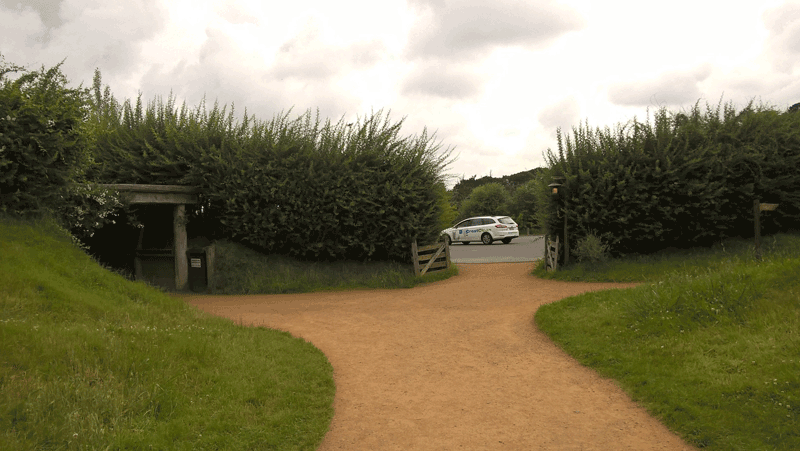
There’s a former convict settlement in Tasmania, a penal colony. It’s the prison they used to house convicts in back when the British first settled Australia. By all accounts, it was a brutal place to live back in those days. Nowadays it’s an historic site and one of the state’s biggest tourist attractions.
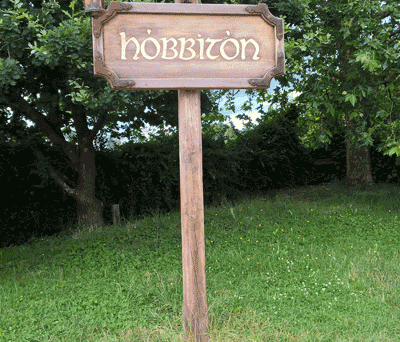
Port Arthur went through a period of neglect, where people left the buildings to rot and fall down, sometimes actively pulling them down because they wanted to eliminate the terrible past. Eventually, the government stepped in and started preserving the buildings and what was left of the huge sandstone walls. As a result, it’s a mix of preserved buildings, immense sandstone walls and acres of manicured green lawns.
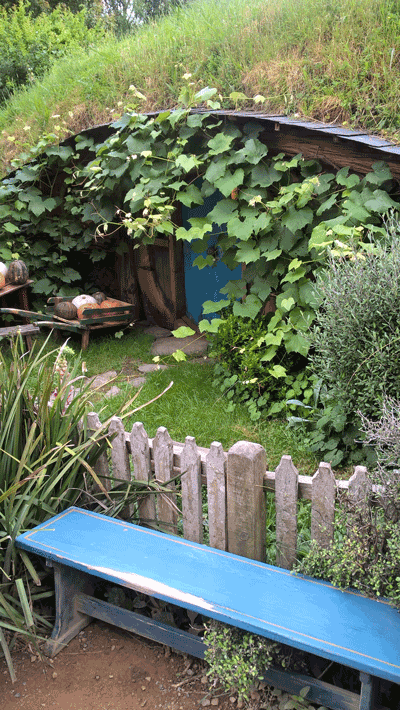
Despite its past, despite the tourists, it’s a beautiful place to visit. Despite all the deaths, despite all the horror of its past, it’s a peaceful place. It’s a place just to walk, and to contemplate.
As I walked around Hobbiton it invoked in me that same kind of tranquillity that Port Arthur does
I’m not saying Hobbiton is hiding a terrible past, it but it did make me feel the same way. Maybe it’s because in both places you come in via a frenzied entryway.
In Port Arthur you enter through the gift shop. That’s where the crowds are. Once you’re past that, however, it’s lovely.
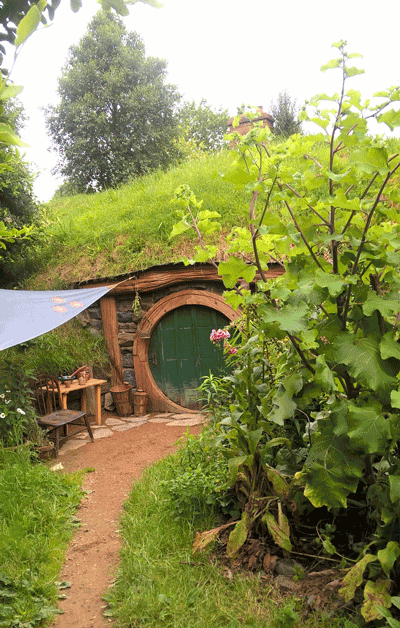
At Hobbiton, you come in through the car parks. Note the plural. There’s one whole car park dedicated just to RVs (camper vans, for those of us in Australia and New Zealand). It was full, so you can image what the other carparks were like. There was a bus park, also full. And what looked to be two or three car parks—or maybe it was just one big one. All packed.
The bus from the ship dropped us off at the gift shop. We didn’t have much time to browse for our tour bus arrived.
Hobbiton is on a working farm. You can’t visit the site yourself, you must book and take a tour.
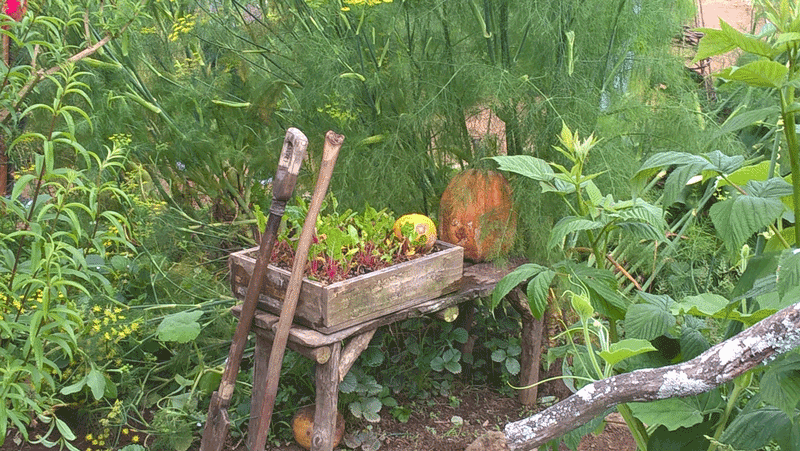
You wait for your bus near the gift shop. At the appointed time, you get onto the Hobbiton tour bus and are driven through lovely, green farmland. I did say it was working farm, didn’t I? Somewhere along the way a guide joins your bus. She, or he, starts to tell you about Hobbiton as you roll through the countryside.
Some facts. This is not the Hobbiton that was in Lord of the Rings. That Hobbiton was pulled down afterward filming and the whole area restored to farmland. If I recall correctly, when the location scout landed (in a helicopter) at the farm and knocked on the farmhouse door, the rugby was on. I don’t know if it was final, but these Kiwis take their rugby as seriously as we Aussies take our Australian Rules football. And our rugby—at least in some states. The farmer told him to come back when the rugby was finished.
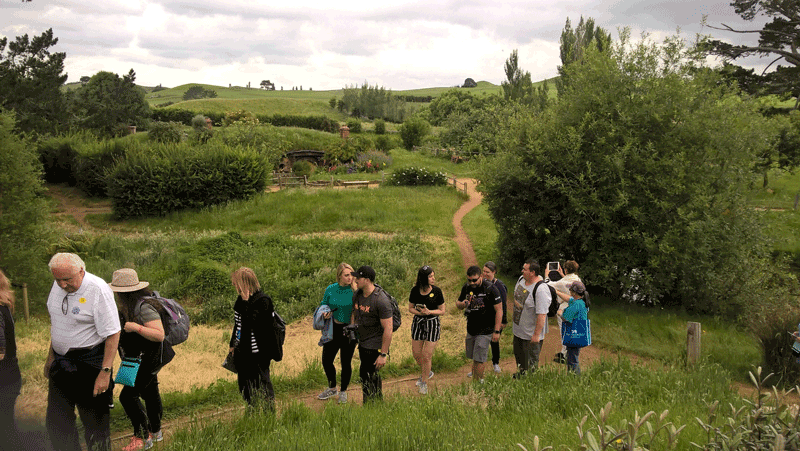
Luckily for us, they did.
This is the Hobbiton from the Hobbit movie. Because they’d already had so many tourists come looking after Lord of the Rings, when the film company wanted to rebuild the set for the Hobbit the farmer said, sure, provided this time they made it out of more permanent materials, and didn’t pull it down afterwards.

From this came the amazing tourist destination you can visit today.
I’m not going to talk much about the tour itself, except to say, “Go do it”, and show you the pictures. I seem to have lost my pictures of Bag End, and of the Green Dragon inn, and Sam Gamgee’s house, but you know what they look like.
I have to say, Bilbo Baggins certainly had the best house in Hobbiton.
We both absolutely loved it. Not only that, the tours were paced enough so that even though there were crowds, it didn’t seem crowded. And because you were in the middle of a farm, you really felt like you were at the Shire.
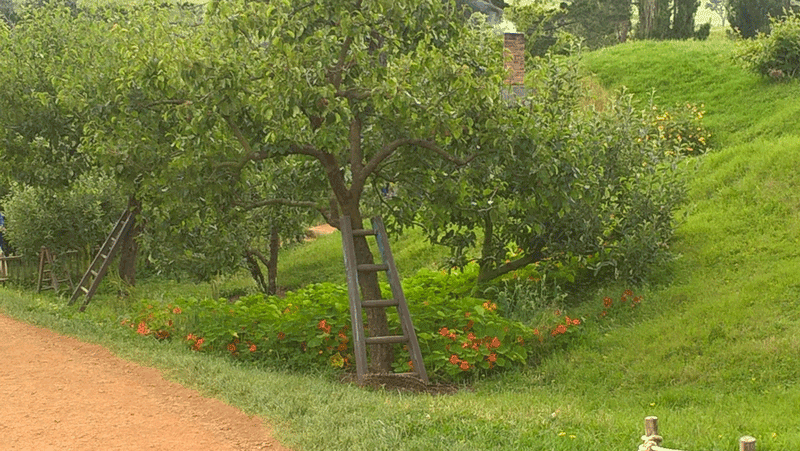
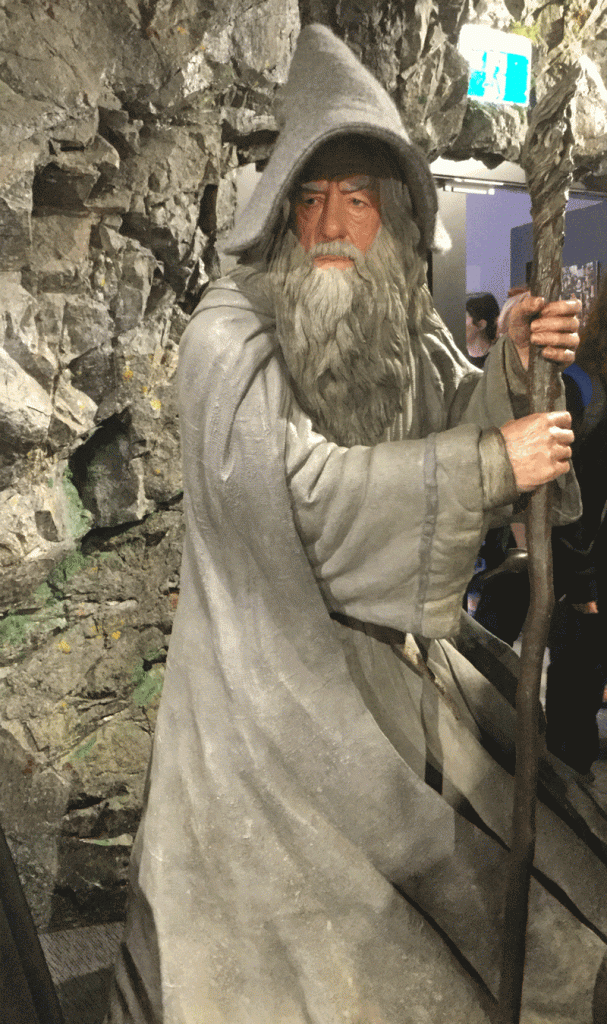
The last week has been super busy for us. It’s BICHOK* all the way. We’re onto the next draft of Stars Beyond, very conscious of the looming January deadline, writing fast. A month before the end if the novel and while we’re happy with how it’s going, we’d love two more months to polish it. (We don’t really, we’d just procrastinate until that last month. We always do have this last minute panic.)
The book still hasn’t got its final line. It’s done, and the bad guys vanquished, etc., but we never know how to finish these things properly. We’ll keep playing until the very last day.
In other news, our editor sent us a preview of the cover. We can’t show anyone yet, but we love it.
* BICHOK = Butt in chair, hands on keyboard
Did you know that a Weta is a New Zealand insect? I didn’t. I do now.
The second tour we did on our Lord of the Rings New Zealand trip was ‘In the footsteps of the Lord of the Rings’, in Wellington. It included … wait for it … drumroll … you guessed it. A tour of a Weta workshop.
It wasn’t technically the Weta workshop (which was a little disappointing, because I really wanted to see their workspace). It was a purpose-built showroom where they took you around and showed you various bits that they’d built and it was pretty cool.
We were allowed to take photographs in the outer room (hence you see Gandalf, and Gollum, and the doorkeeper) but not once you went past the door. Gollum was amazing, by the way. It doesn’t show in the photograph, but his eyes seemed to follow you around the room.
The guide who showed us around worked at Weta (not as a tour guide, as one of the creators). Tip. If you want to work at Weta, I hope you’re at home right now, making things out of matches and pieces of wire and anything you can find around the house. You need to be able to think creatively about everyday objects and show that you can think outside the box.
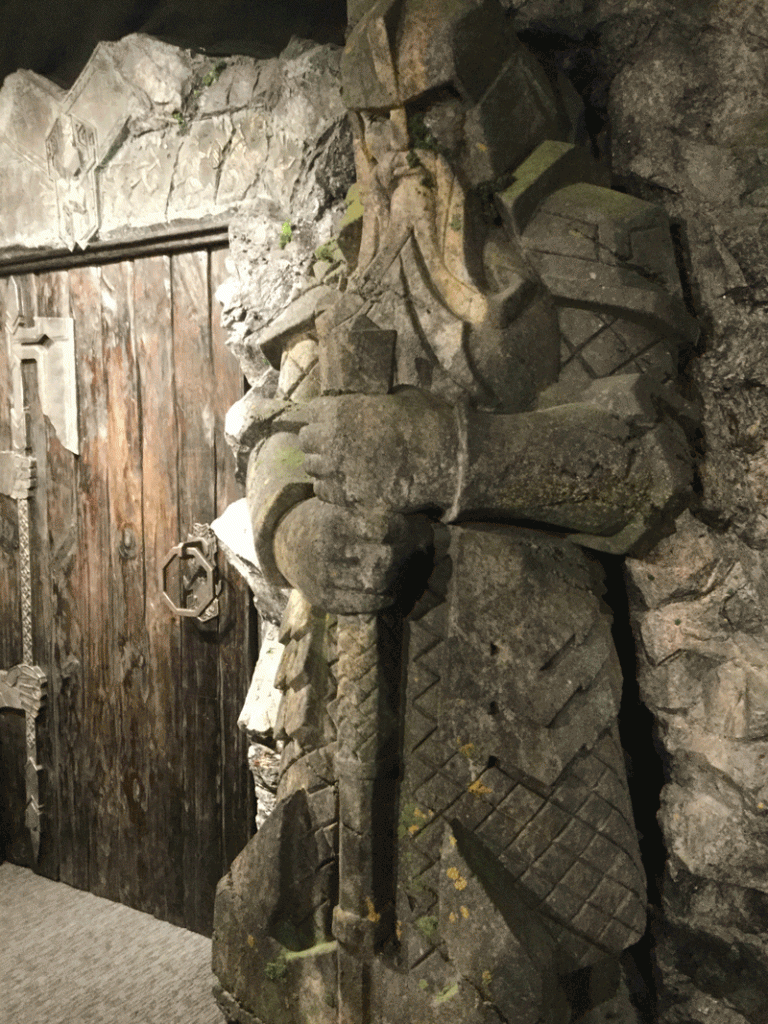
Past the door we were taken to a series of rooms. I won’t list them all. There was a whole wall of weapons. Actually, I think there were two walls of weapons. One for technological weapons, one for swords and bows and things like that. There were monsters and non-human creatures. (Our guide passed around a hand.) We talked about latex, and how they don’t use it any more, because eventually everyone becomes allergic to it. John Rhys-Davies became particularly allergic, as he was in latex every day. Plus other good stories about the various items—not all of which were Lord of the Rings related.
The two things I loved most. One was the gun was one from District 9, which they passed around for us to hold. It was heavy, deliberately designed with added weight, so the actors didn’t look as if they were carrying around fake weapons. The other was Aragorn’s ranger costume. Sitting in the corner, discreet and quiet and just perfect for a ranger. We weren’t allowed to touch that.
After Weta, we toured some of the locations around Wellington where Lord of the Rings was filmed. Including the site of the very first take. Can you recognise it? I didn’t, but most of the tour did. It’s where the hobbits tumble down the hill. We also saw where they hide from the Nazgul. I’m not sure if that was in the same location, just further down the hill, or another.
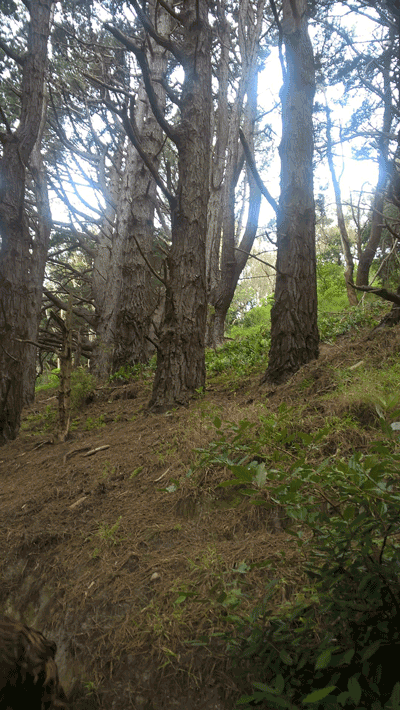
Our bus driver regaled us with stories about how, because they didn’t want people to know they were filming LOTR, the crew made the vans up to look like army vehicles and told everyone it was an army exercise. And how they made people up from local martial arts schools like the hobbits do the tumbling. How one of them tumbled the wrong way and missed the mattress below and dislocated his shoulder–and that was the take they used in the film.
On the way we got to see spectacular views of Wellington (including some amazing luxury homes along the beach), and got lots of entertaining gossip. Like how Viggo Mortensen, who is a method actor and used to stay in costume, got arrested at least twice for wearing a sword around the city.
Very entertaining, very interesting, very enjoyable.
Next week—Hobbiton. Come back if you want to hear about it.
